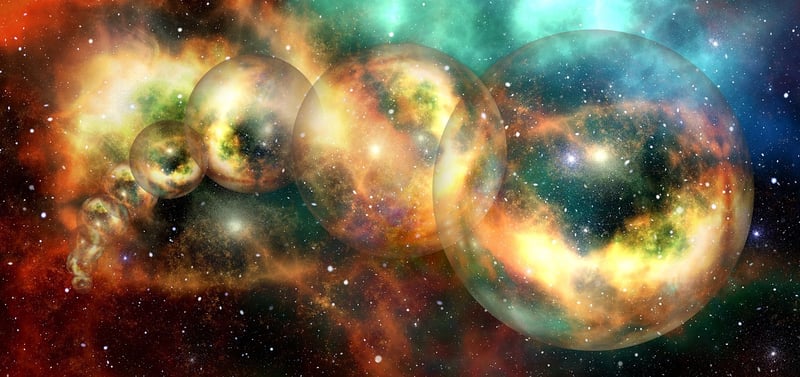Parallel Universes
Exploring Time Travel Mechanisms and Parallel Universes
Time travel has been a popular concept in science fiction, captivating audiences with its possibilities and complexities. While time travel remains theoretical in reality, scientists and physicists have explored various mechanisms that could potentially make it a reality. Additionally, the concept of parallel universes adds another layer of intrigue to the discussion of time travel.
Time Travel Mechanisms:
Several theoretical mechanisms have been proposed for achieving time travel:
- Wormholes: Wormholes are hypothetical tunnels that could create shortcuts through spacetime, potentially allowing for travel between different points in time.
- Time Dilation: According to Einstein's theory of relativity, time moves slower in strong gravitational fields or at near-light speeds. This effect could theoretically be used for time travel into the future.
- Closed Timelike Curves: These are paths in spacetime that loop back on themselves, theoretically allowing for travel back in time. However, the existence of such curves remains a topic of debate among physicists.
Parallel Universes:
The concept of parallel universes, also known as the multiverse theory, suggests that there could be multiple universes existing simultaneously alongside our own. Each universe may have its own set of physical laws and constants, leading to infinite possibilities and variations.
Parallel universes could potentially offer a framework for understanding time travel without the classic paradoxes such as the grandfather paradox, where a time traveler could potentially alter the past in a way that prevents their own existence.
Conclusion:
While time travel and parallel universes remain speculative and largely confined to the realm of science fiction, ongoing research and theoretical explorations continue to push the boundaries of what we understand about the nature of time, space, and reality.


For further readings and explorations on time travel mechanisms and parallel universes, you may refer to reputable sources such as Space.com and Scientific American.
